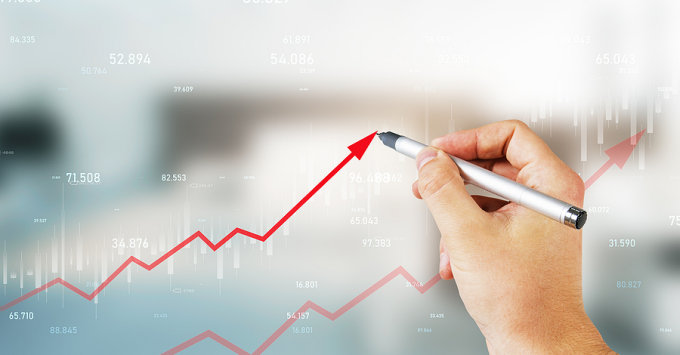
Inflation affects many areas of daily life, from groceries to gas prices. What some people may not realize is that inflation also plays a role in the cost of insurance. Both Homeowners Insurance and Auto Insurance rates have seen changes in recent years, and inflation has been one of the key drivers. While every policy and household situation is different, understanding how inflation affects insurance pricing can help people make sense of rising premiums.
Why Inflation Matters
At its core, insurance is about protecting people against financial loss. When the cost of goods and services rises, it often costs more for insurance companies to pay claims. Since companies rely on premiums to cover those costs, the price of insurance tends to adjust over time.
For example:
- If building materials go up in cost, repairing or replacing a damaged home costs more.
- If auto parts and labor charges increase, fixing cars after accidents also costs more.
In both cases, higher claim costs typically result in higher insurance rates for consumers.
The Rising Cost of Homeowners Insurance
Homeowners Insurance helps cover damage to houses and personal property due to events such as fire, storms, or other covered losses. Inflation has influenced this type of coverage in several ways.
Building Materials
Over the past few years, prices for lumber, drywall, roofing, and other construction supplies have increased. Even a small kitchen fire or storm-damaged roof can now cost thousands more to repair than it did just a few years ago.
Labor Costs
In addition to materials, skilled labor has become more expensive. Contractors, electricians, and plumbers are in high demand, and wages reflect that. A simple project that once required a few hundred dollars in labor may now cost much more.
Property Values
In some areas, home values have climbed at the same time as construction costs. That means the total replacement cost of a home is higher, which is an important factor when setting premiums.
The Rising Cost of Auto Insurance
Auto Insurance has also felt the effects of inflation. Drivers have noticed steady increases in premiums, and several trends help explain why.
Vehicle Parts and Repairs
Modern cars are loaded with technology, from cameras and sensors to advanced safety systems. While these features help reduce accidents, they can be expensive to repair. A bumper with a built-in sensor costs far more to replace than a standard bumper did years ago.
Medical Care
When people are injured in accidents, medical treatment is a major cost driver. As the overall cost of health care rises, Auto Insurance claims tend to rise as well.
Used Car Market
During certain periods, the cost of used cars has spiked. When insurers must replace a totaled vehicle, the higher price of replacement cars can push claim costs upward.



